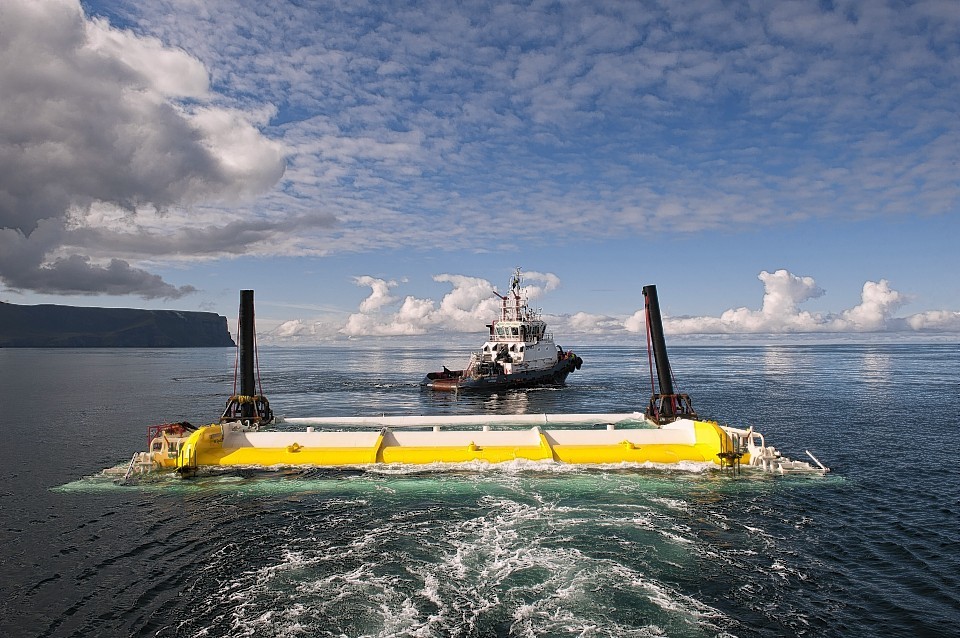A wave power device tested at a marine energy centre in Orkney has been boosted by a £580,000 European grant.
Edinburgh-based Aquamarine Power and the National University of Ireland, Maynooth (NUIM) have together secured a EU Horizon 2020 grant to improve the performance of Aquamarine Power’s Oyster wave energy converter.
The company has already built and operated two full-scale Oyster machines at the European Marine Energy Centre (Emec) in Orkney.
The new Brussels-backed programme, called Innowave, will enable three PhD researchers to explore ways to optimise the energy capture and economic performance of Oyster.
As part of the three-year programme, each researcher will split their time between Aquamarine Power and NUIM’s Centre for Ocean Energy Research in County Kildare, west of Dublin.
Paddy O’Kane, Aquamarine’s chief executive, said: “Aquamarine Power’s aim is to become the world’s leading supplier of utility-scale wave farm power stations. With the survivability and performance potential of our Oyster wave technology now largely proven following four years of continuous deployment at the European Marine Energy Centre in Orkney we are significantly advanced towards that goal.
“This collaboration with NUIM will now help us focus on driving down costs and further improving performance.”
Professor John Ringwood of Maynooth University said:“This is a very exciting project which has the potential to greatly advance the field of wave energy and progress its development as a commercially viable energy source. It’s a great example of academia and industry collaborating to progress research which can have a monumental impact energy provision for future generations.”
Lindsay Roberts, Senior Policy Manager for industry body Scottish Renewables said: “Scotland leads the world in the development of wave energy devices, and it’s fantastic to see that the European Union’s commitment to the technology remains strong. Aquamarine Power’s Oyster has generated some great results from its testing to date, and further work on power take-off will help ensure that it remains on course for commercialisation.”
In July, Aquamarine Power was part of a consortium awarded £2million to develop an offshore power take off system. The funds were awarded by Wave Energy Scotland, a £14.3million wave technology development scheme funded by the Scottish Government.
